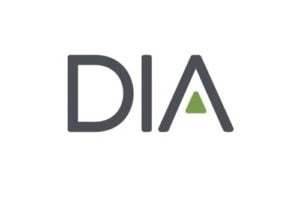Writing in the January edition of DIA’s Global Forum magazine, Julia Chan, David Liew, Jana Stojanova, and Chris McMaster of Austin Health, Melbourne and St. Vincent’s Hospital Sydney outline how artificial intelligence (AI) solutions can best be applied to pharmacovigilance in Australia, and the challenges that stand ahead.
For healthcare professionals in Australia, pharmacovigilance is a mix of centralized and decentralized processes. The pillar of these processes is the spontaneous report. In Australia, spontaneous reporting of adverse drug reactions (ADRs) may come from any source ranging from rural general practitioners, to urban hospital pharmacists, to patients themselves. Depending on the setting, these reports may go through thorough assessment and vetting (e.g., by a hospital ADR committee), or they may go through no such process. Heterogeneity is both a feature and a bug in this system. And this is a problem.
Outside the bounds of regulatory mandates on industry, individual-level adverse drug reaction (ADR) detection and reporting from industry is sliding steadily off the edge of a cliff, precipitously, and the grim, often unspoken reality is that continuing to do more of the same seems unlikely to yield different results.
Artificial intelligence (AI) is often promised as a catch-all solution without any detail or thought, despite a sinking feeling that if it was, something would already have been done. What in practice stands in the way of applying AI to pharmacovigilance in a country like Australia, with its built-in advantages of universal healthcare and a largely single-payer system?
Collation of heterogeneous ADR reports in large databases like the Therapeutic Goods Administration (TGA) Database of Adverse Event Notifications (DAEN) is vital for signal detection in pharmacovigilance. This was first recognized in the wake of the thalidomide tragedy. Australian gynecologist William McBride first sounded the alarm about thalidomide in 1961, only after several years of widespread use. In its wake, stakeholders recognized that, with the right systems, future tragedies like this could be avoided. The TGA was established and, with the spontaneous reports as its pillar, the first era of pharmacovigilance began.
But if we are now facing an evolving landscape of therapeutics, what will the next era look like? How are we to tackle the problem of under-reporting, and the need for consistent reporting and rapid signal detection? We share the optimism about the power of AI in pharmacovigilance. But at the same time, the infrastructure that is required to empower this future is nascent and fractured.
Funding for healthcare in Australia may be centralized, but the organization and administration of healthcare are not. This has led to a fracture in the systems of healthcare data, including electronic medical records (EMRs) and prescription records. In 2012, the first iteration of My Health Record was developed to provide access to clinical data across systems, and although this system may help to bridge some of these gaps to facilitate patient care, no data linkage exists for signal detection. Systems like the Common Data Model (CDM) provide a way to link disparate clinical data sources. However, implementation of these systems can only facilitate data linkage; the linking itself still requires infrastructure, funding, and political will.



